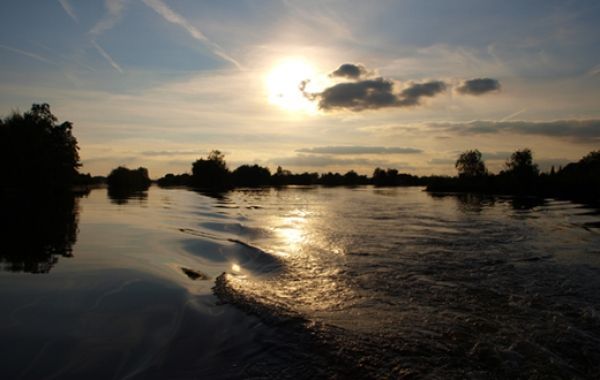To determine what approach is most effective, spatial differences between lakes must be considered, argues a NIOO-led team of researchers in Science of The Total Environment. It's a factor that had been largely neglected until now.
Lake Loosdrecht in the Netherlands is a popular recreation area that's on its way to recovery after decades of looking like thick green soup. What hasn't recovered yet is a healthy growth of water plants, and despite all the restoration efforts, many parts of the area remain off-limits to swimmers.
It's a good example of the impact on aquatic ecosystems of human activity. Intensive farming, in particular, has caused eutrophication in many places: an oversupply of nutrients such as nitrogen or phosphorus in the water. Eutrophication leads to the overgrowth of some plants and algae - including blue-green algae which are notorious for their harmful blooms - at the expense of lake biodiversity.
The success of measures against eutrophication has been mixed. Some measures work, while others have proved ineffective or have even backfired. None of this is surprising, says lake researcher Annette Janssen: "After all, not all lakes are alike."
Continue reading at Netherlands Institute of Ecology
Image via Diet Bos, Netherlands Institute of Ecology


